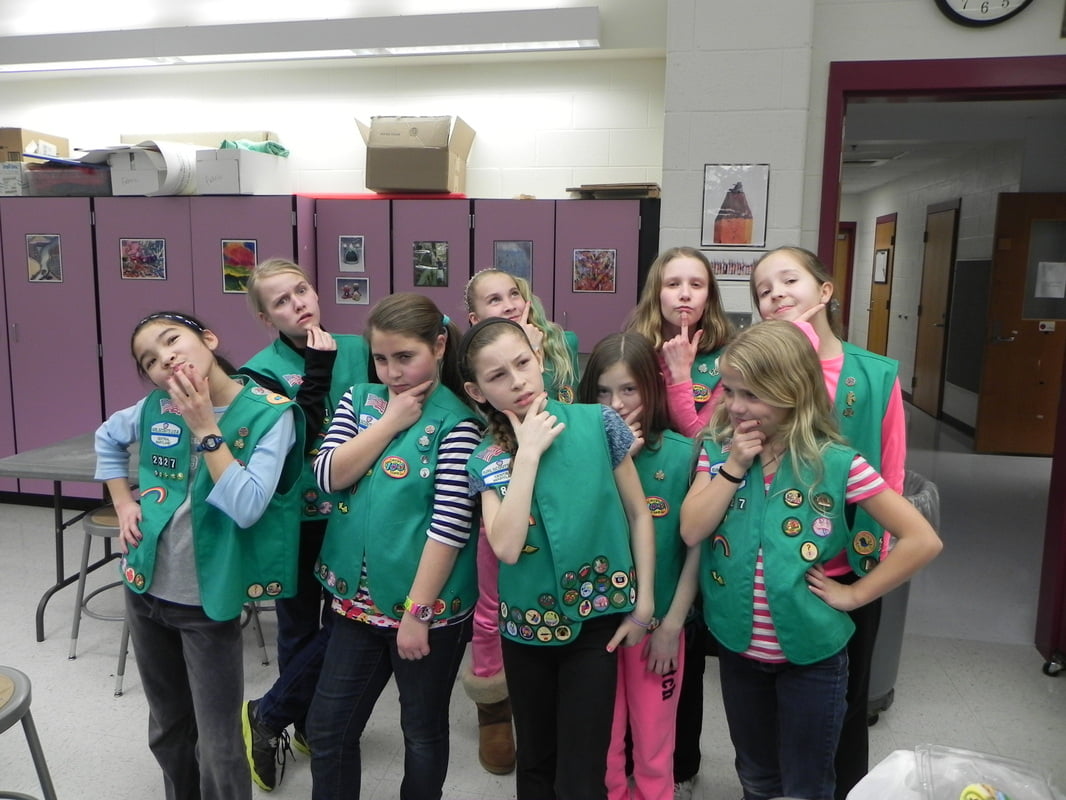Helping to save the endangered monarch butterfly is a fantastic project for a Girl Scout troop. Here are some ideas and activities your troop can undertake to make a positive impact:
1. Plant Native Milkweed
Monarch butterflies rely on milkweed plants as their primary host plant for egg-laying and caterpillar feeding. Research native milkweed species that are suitable for your region and organize a milkweed planting event. You can contact local nurseries, conservation organizations, or botanical gardens to source the plants and learn about proper planting techniques. The milky latex of Milkweed is toxic, which protects the caterpillars from being eaten, so use caution and wear gloves when handling the plants. Plant More Milkweed!
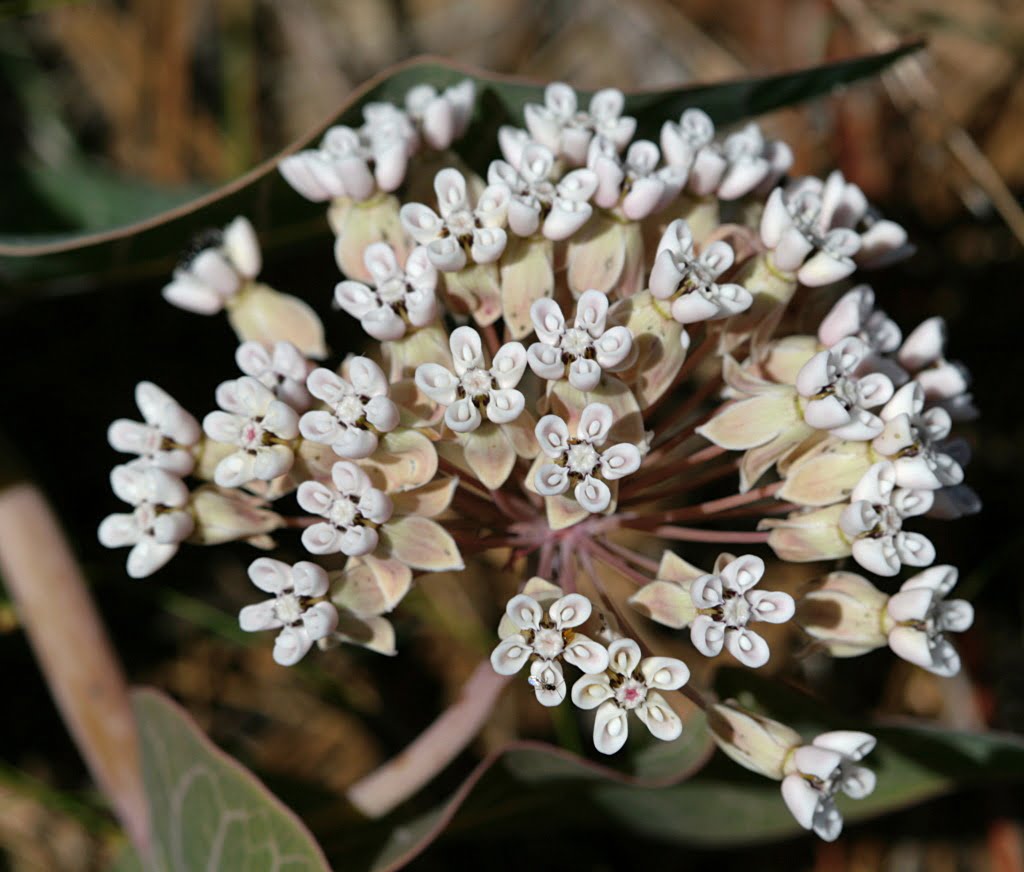
10 Sandhill Milkweed Seeds Ascslepias Humistrata Pinewood Milkweed Florida-Native
With Johnny Butterflyseed’s Sandhill Milkweed seeds, you’re not just planting flowers; you’re cultivating a living mosaic of nature’s marvels. 10+ Florida Native seeds.
2. Create Monarch Waystations
Designate an area in a community space, such as a park or school, and create a monarch waystation. This involves planting a variety of native flowering plants that provide nectar for adult butterflies. Work with local authorities or landowners to secure permission for the project, and involve troop members in the planning, planting, and maintenance of the waystation.
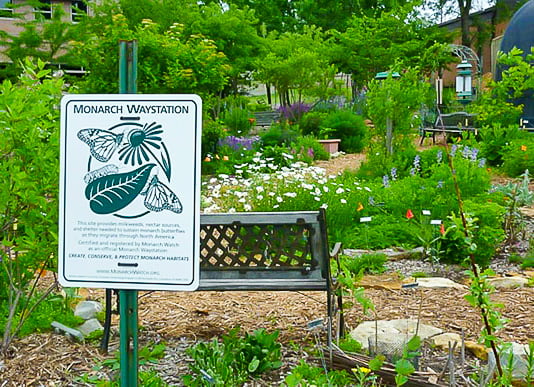
3. Raise Monarch Butterflies
Purchase or obtain monarch butterfly caterpillars or eggs and raise them in a controlled environment, such as a butterfly rearing enclosure or terrarium. This hands-on experience allows troop members to witness the butterfly life cycle up close. Ensure you provide suitable host plants (milkweed) for caterpillar feeding and nectar sources for adult butterflies upon emergence.
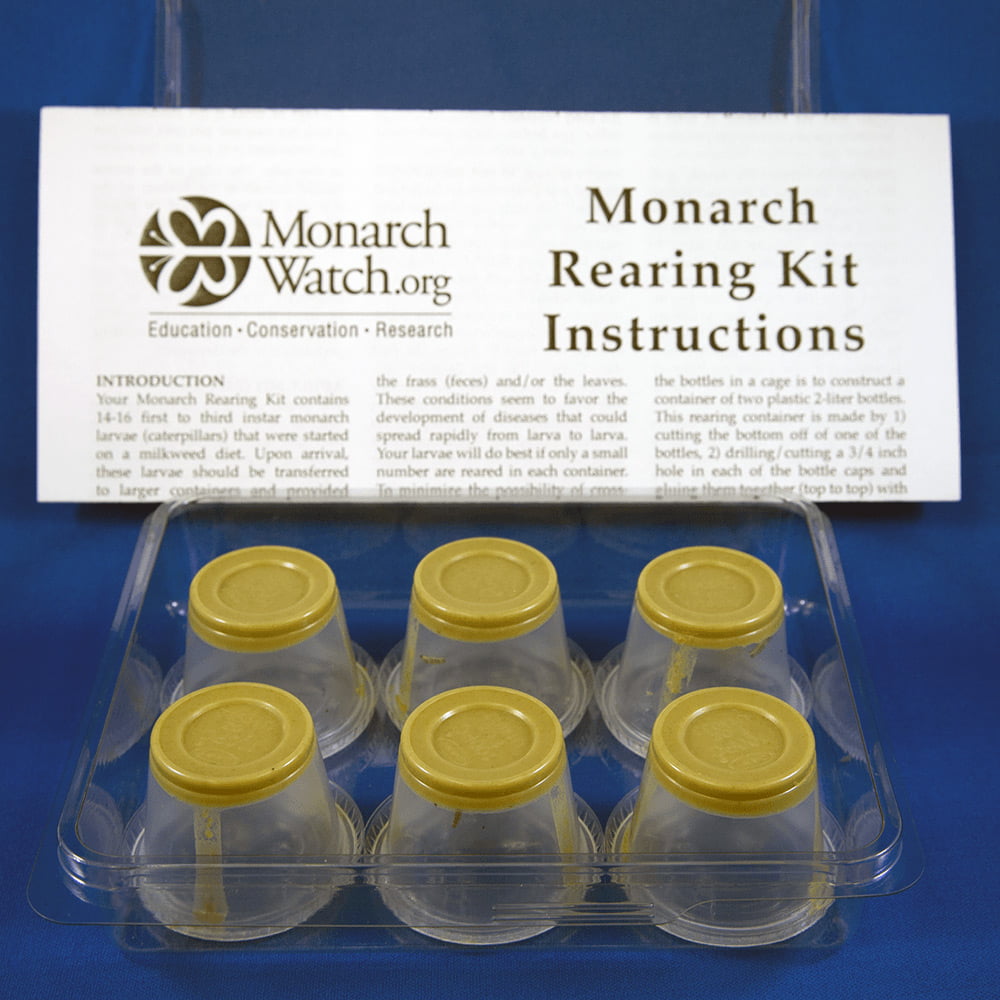
4. Educate the Community
Spread awareness about monarch butterfly conservation by organizing educational events. Develop presentations or workshops on monarch biology, their life cycle, migration, and the importance of milkweed plants. You can deliver these presentations at local schools, community centers, or even within the troop itself. You can also read Monarch-related books to younger girls.

The Adventures of Johnny Butterflyseed – Author Signed First Edition Children’s Book
Save the monarchs!
Johnny Butterflyseed and his fairy friend, Raven Silverwing, embark on a mission to save the rapidly disappearing butterflies. They enlist the help of Queen Venus Goldwing and her kingdom of monarchs to educate and inspire kids to become butterfly farmers. At first, Johnny faces his own internal struggle with self-doubt and fear in his ability to make a difference, but then soon develops a mindset that allows him to not only get started, but also make progress one day at a time. Through challenge after challenge, Johnny learns that he is not alone in his mission and that there are many people who want to help. Together, Johnny, Raven, and Queen Venus educate thousands of children on becoming butterfly farmers.
5. Butterfly Garden Maintenance
Identify existing butterfly gardens in your community and offer your troop’s assistance in maintaining them. This can involve weeding, planting, watering, and general upkeep to ensure the gardens remain healthy and attractive to butterflies. Retirement homes and areas of high population are excellent locations to find, or start new, butterfly gardens.
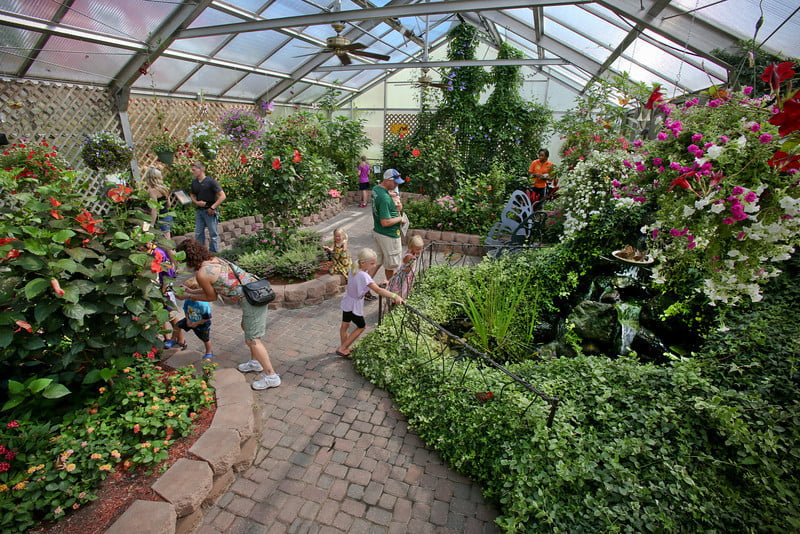
6. Collaborate with Experts
Reach out to local experts or organizations specializing in butterfly conservation. They may offer guidance, workshops, or resources to support your troop’s efforts. Collaboration can enhance the impact of your initiatives and provide valuable knowledge to troop members.
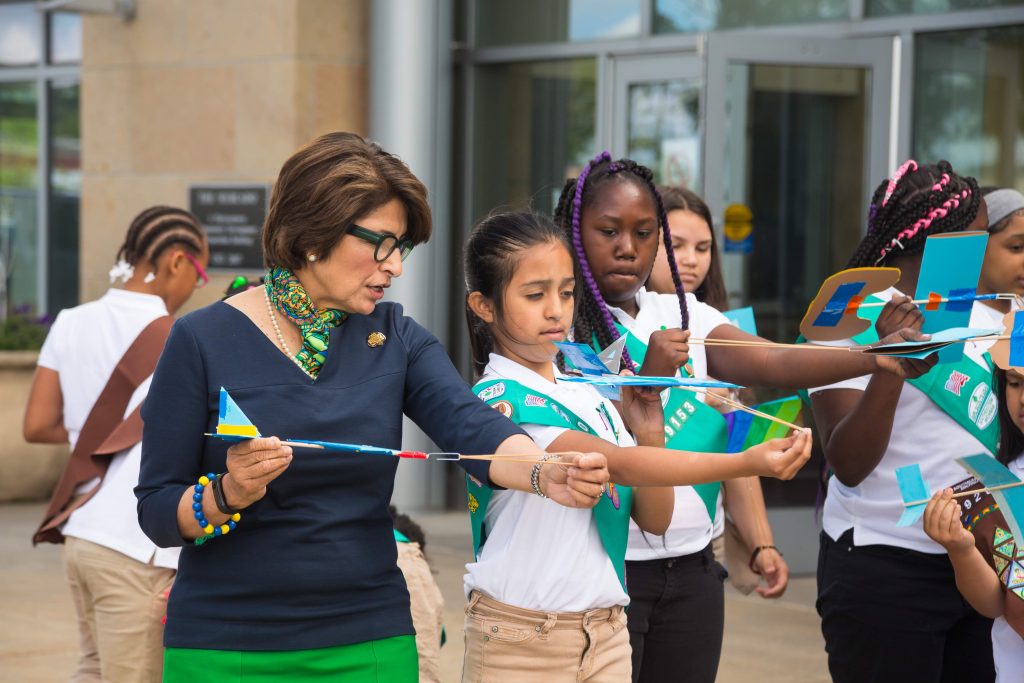
7. Fundraising for Conservation
Organize fundraising activities to support monarch butterfly conservation efforts. This can include bake sales, car washes, or other creative initiatives to raise funds. Donate the proceeds to organizations working on monarch conservation or use them to fund your troop’s own conservation projects.
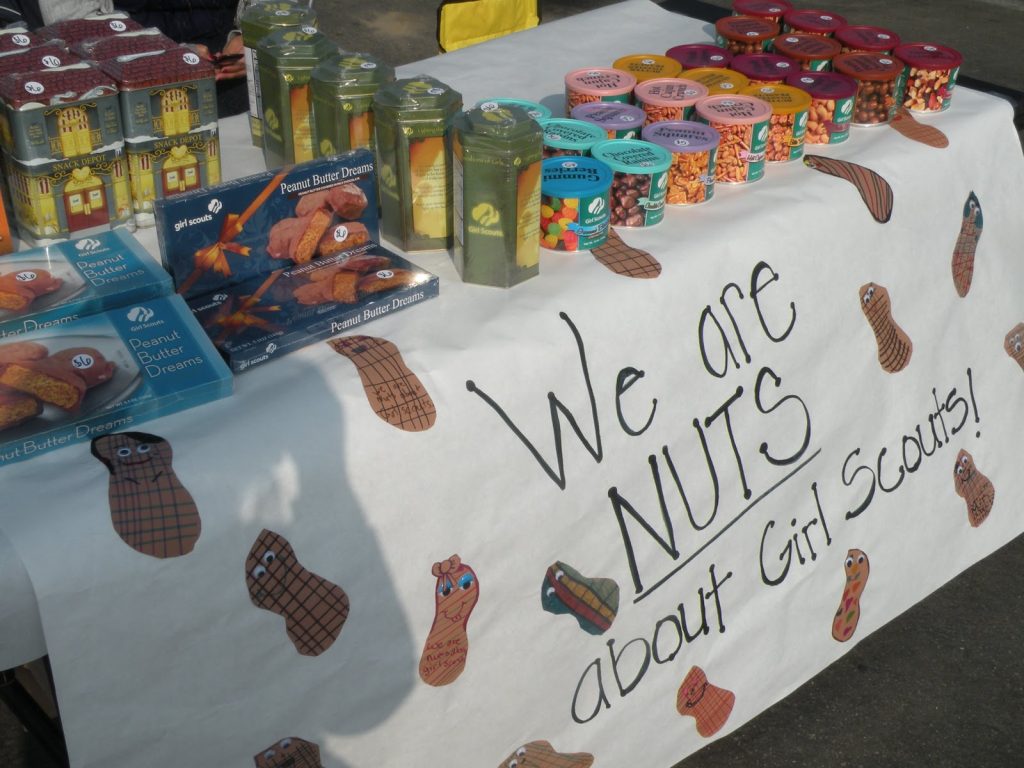
8. Earn Badges and Awards
Remember to earn the appropriate Girl Scout badges related to nature, conservation, environmental stewardship, or the Monarch Butterfly itself, to recognize your troop’s efforts. If there aren’t the appropriate badges, or youve earned them all, it may be time to create a new badge and earn a Silver Award!

By engaging in these activities, your Girl Scout troop can actively contribute to monarch butterfly conservation and inspire others to take action.
